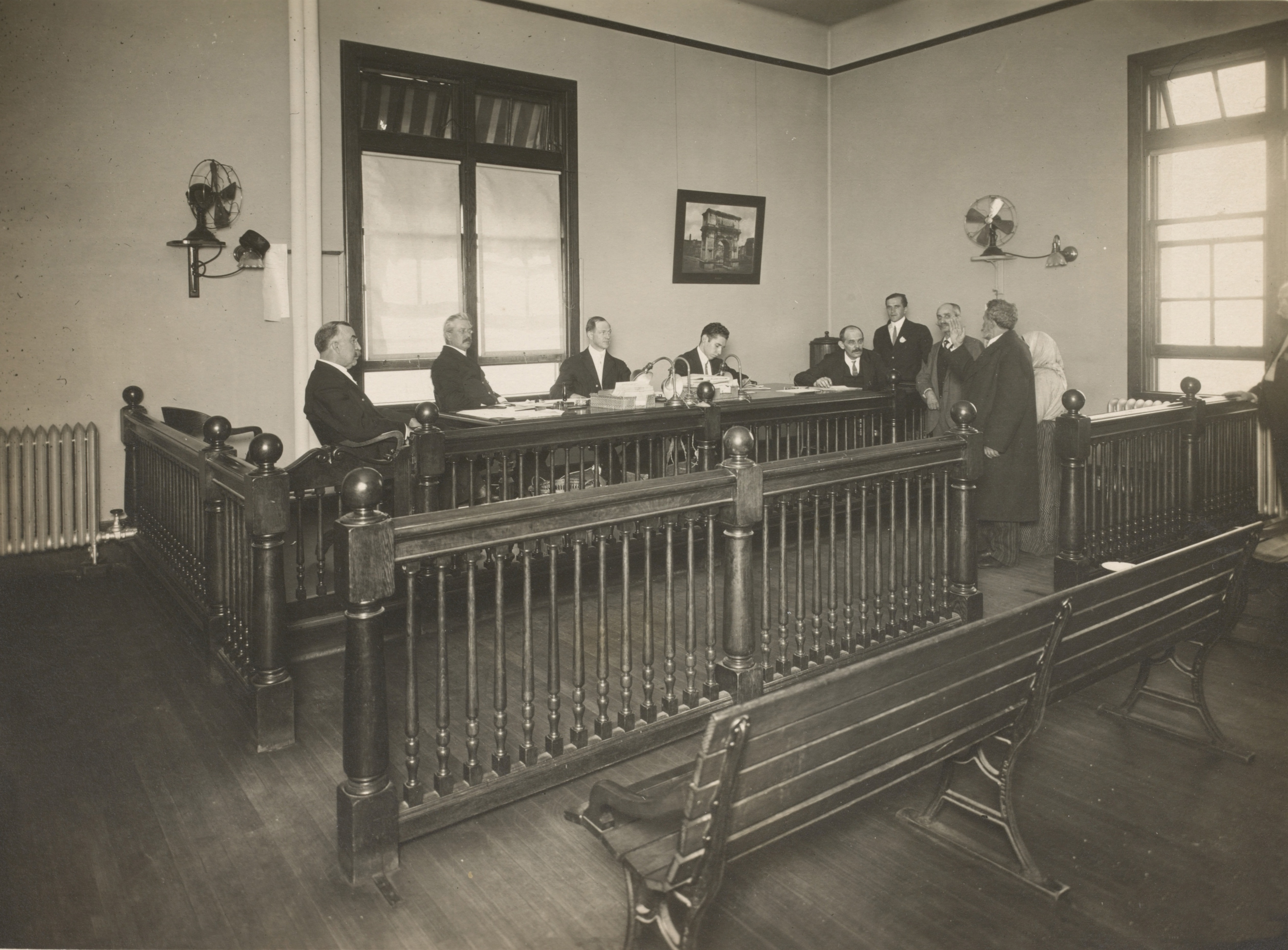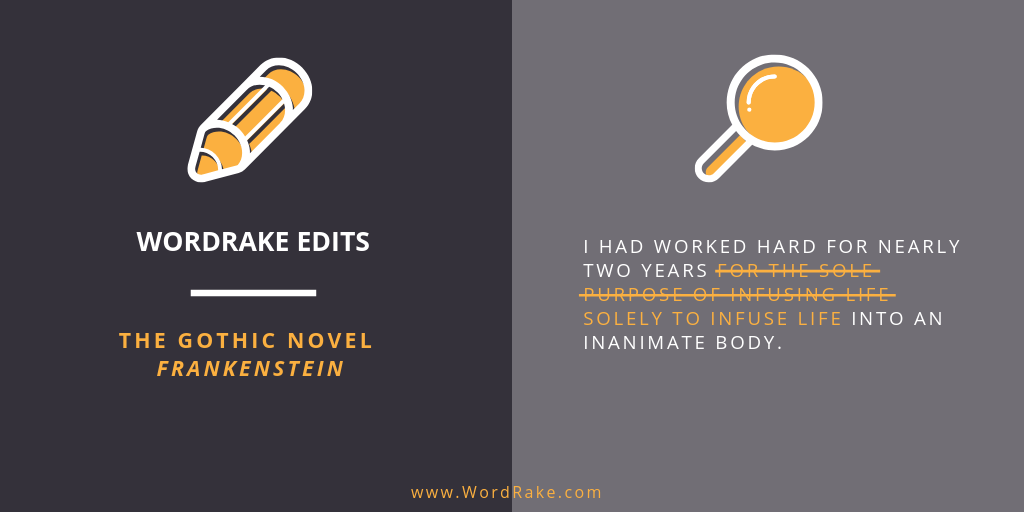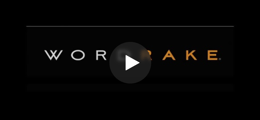A polished document encourages a generous reading, so review to correct mistakes, shorten the brief, and generally make the judge’s job easier. Below are several ideas to ensure that what we send to the court is our best work and enhances our reputation with the judge.
Continue readingOne mistake, possibly more than any other, is the reason behind so many failed legal technology purchases. And law firm management and software vendors are equally to blame: they both treat the purchasing decision as the end goal. The result is a landscape littered with failed technology and innovation initiatives that is bad for management and vendors alike.
Continue readingOver centuries, these false notions have grown to dominate a litigation practice and stuff our briefs with the results of unsavory habits. We aim to dispel them, so you can deliver to the court your most persuasive brief.
Continue readingWhether you just returned from a two-week vacation or a two-day weekend, you probably logged on to your laptop to find a full inbox. Responding to email – and generating email for our own projects – consumes much of our workdays; we spend more than a quarter of our workweeks on email. If you’re overwhelmed by your inbox or just frustrated it’s preventing you from getting to other tasks, try these five strategies to clarify your emails and spend less time in your inbox.
Continue readingIt’s been nearly fifteen years since the financial crisis of 2008, yet the legal industry is still reeling from it. Lawyers felt the shift from seller’s market to buyer’s market, but we weren’t sure that it would be permanent and didn’t know how to respond. For technology enthusiasts, the answer seemed obvious: use more legal technology. That may be part of the solution (and I genuinely believe it is). However, the way technologists promote their tools is self-defeating. Early adopters encourage them, and together they create an echo chamber that is unattractive and unappealing to the vast majority of our profession.
Continue readingWhen you craft tight and convincing paragraphs, you leave your opponent no room to break into the flow of your argument. This requires recognizing the specific roles played by facts and opinions and asking the right follow up questions to uncover weaknesses.
Continue readingWhat gave you the idea for WordRake?
Although I have a law degree, I’ve devoted my career to writing and teaching writing. I’ve taught to businesses, universities, government agencies, and writing/publishing conferences. But most of my teaching was in the thousand-plus writing programs I taught to lawyers around the country. While I was teaching to lawyers, I noticed patterns in their writing, and I wondered if I could use those patterns to help them. After years of studying the patterns, I realized that a finite set of “signs” showed up consistently in words and phrases that added no meaning or formed a dull expression. And I saw that this was not peculiar to lawyers: these signs appeared in all writing. I analyzed the writing of the best writers, from Pulitzer Prize-winning novelists, to writers in Esquire and Vanity Fair, to Supreme Court Justices. In about 2000, I wondered if I could work with software engineers to put these signs and patterns into algorithms. I was astounded to see how the signs and patterns so consistently hunted down useless words and dull phrases.
Continue readingLegal writing can be a struggle because we’re expected to be fast and perfect. This creates a high-pressure situation where we’re sure to doubt ourselves. Fear, perfectionism, self-doubt, and external pressure are the main psychological ingredients for writer’s block. So how can we overcome writer’s block and get that first draft on paper?
Continue readingIn this series of infographics, we’re offering tips for writing clearly and concisely through WordRake Edits. Follow along as we offer these real edits from WordRake that give you concrete examples to improve your own writing.
Continue readingMost people want to improve their writing—but they don’t want to expend any effort to do it. Luckily, there is a way improve writing without taking a class or doing practice exercises: reading. Lazy, yet hopeful writers can get better simply by reading more. The more you read, the better you’ll write. This is your permission to read and relax and call it work. It may be the motivation you need to read more.
Continue reading












